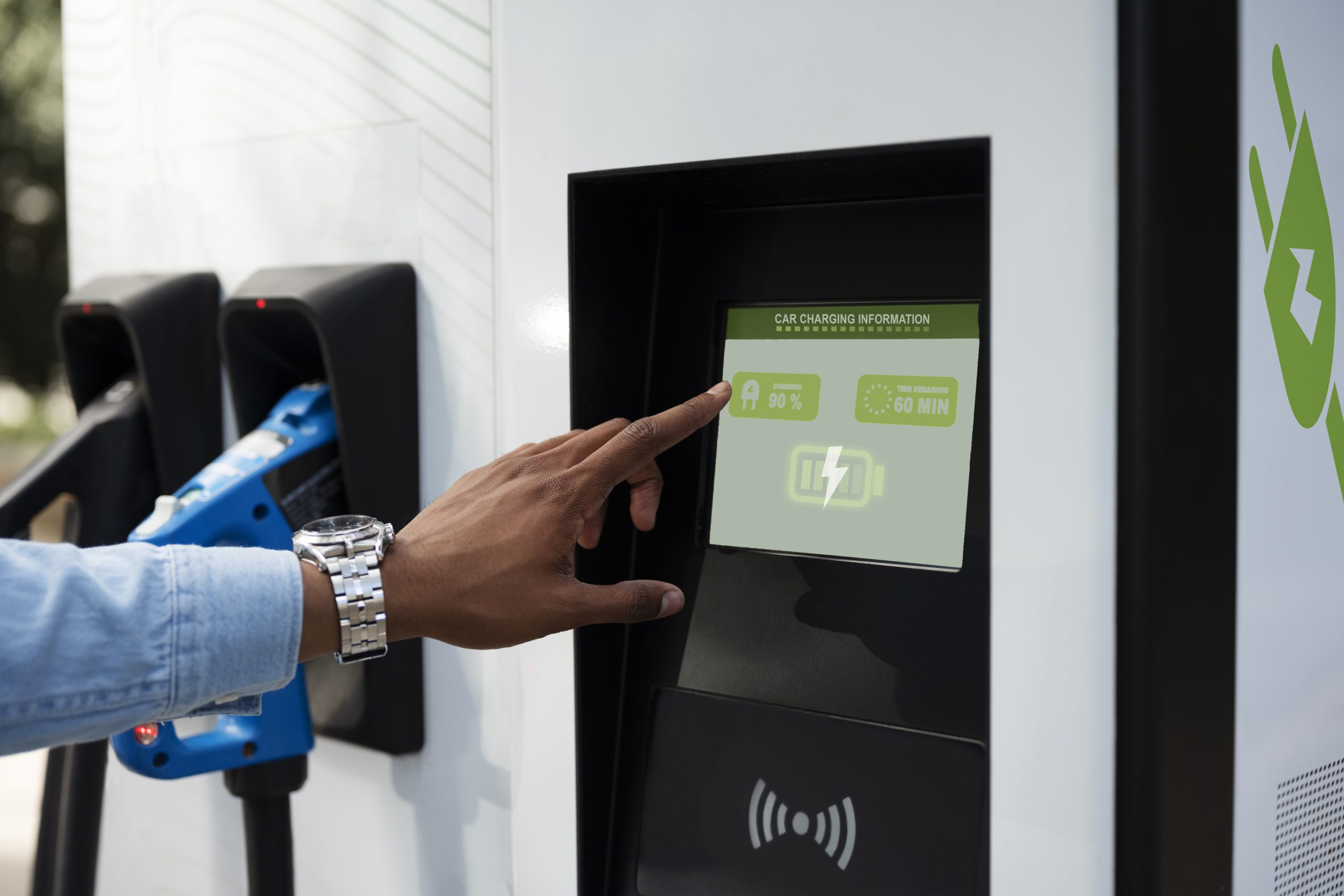Electric Vehicles (EVs) have solidified their presence in the transportation sector, leading to the need for streamlined, efficient EV charging solutions. The Open Charge Point Protocol (OCPP) has emerged as a de facto standard that enables the integration of different charging stations and central system technologies.This open-source protocol enhances the flexibility and scalability of EV charging networks, allowing operators to manage and monitor stations effectively. With OCPP implementation, businesses can future-proof their infrastructure, streamline operations, and improve the overall charging experience for EV drivers.
Table of Contents
Understanding OCPP
OCPP, established by Open Charge Alliance (OCA), allows Charging Station (CS) and Charging Station Management System (CSMS) to communicate with each other, regardless of their manufacturer or supplier. Interoperability, scalability and vendor independence are prime benefits offered by OCPP. Dive deeper into what OCPP is and how it functions in our detailed guide on OCPP – A Comprehensive Overview
Setting the Stage: Pre-Implementation Process
Before OCPP implementation, effectively plan your Charging Station (CS) infrastructure while keeping your end goals in mind. Evaluate your charging needs, anticipate future demand, and decide your charging station’s specifications. Afterward, choose an OCPP-compliant CSMS which aligns with your needs.
OCPP Implementation: Step-by-Step
1. Choose Your OCPP Implementation Version
OCPP 1.6 is a popular choice due to its broad hardware compatibility whereas OCPP 2.0 offers extended functionalities but is less widely adopted due to its recency. Make an informed decision on which version is best for your charging network.
2. Select Hardware and Software
Choose OCPP-compliant charging stations and a CSMS. Provider’s market reputation, software flexibility, customer service, interoperability, upgrade possibilities, and pricing are key aspects to consider.
3. System Integration and Testing
After the installation of charging stations and the CSMS, carry out tests to validate integration. Samples tests include: checking online/offline status, conducting charge transactions, managing reservation, and remote commands functionality.
4. Train Your Staff
Ensure your team is equipped with knowledge to handle the OCPP implementation, operations, troubleshoot issues and provide technical support to EV drivers.
5. Maintenance and Updates
Regular system maintenance and adhering to the latest updates are crucial in maintaining an effective, future-ready EV charging network.
The Interplay Between OCPP, OCPI and OADR
As much as OCPP serves as a pillar in the EV charging industry, understanding the role and benefits of other protocols like OCPI and OADR can help optimize your EV charging operations.
OCPI, another open standard created by the Netherland’s EV-Box and eViolin, enables roaming services that allow EV drivers to avail charging services from any station using a single subscription. Learn more about OCPI and its role in amplifying user experience in our blog titled Understanding OCPI.
Similarly, OpenADR (Open Automated Demand Response), a protocol developed in California, is used for sending Demand Response signals from a utility to an end-use customer. Read our deep dive into “How OADR influences EV Charging” for comprehensive knowledge.
Maximizing the Power of OCPP
OCPP implementation paves the way for an interoperable, scalable, and efficient EV charging infrastructure. By ensuring compatibility between various station hardware and management systems, OCPP is a lynchpin for EV charging technology.
Its robustness and flexibility prepare your charging infrastructure for future developments. Introducing OCPP-compliant charging stations ensures more efficient energy usage and cost benefits due to its compatibility with dynamic load management features.
Valuable External Resources
For additional resources about OCPP implementation, its best practices, and its relation to the future of EV charging, consider visiting Open Charge Alliance’s official website.
Conclusion
OCPP stands as a leader at the convergence of EV charging technology, fostering a system of universal compatibility and vendor independence. It offers scalability and prepares your infrastructure for any future advancements. With OCPP, the road to a sustainable, electric mobility future is both feasible and practical.
To explore more about state-of-the-art EV charging solutions and to get started on creating your customized, OCPP-compliant charging infrastructural solution.
Share your specific needs with us, and we’ll customize the ideal charging solution tailored just for you, including EV Charging Station Installation, EV Charging Station Payment Solutions, and more.
ElectreeFi is not just improving EV charging—it’s shaping the future of sustainable mobility. Contact us today!





